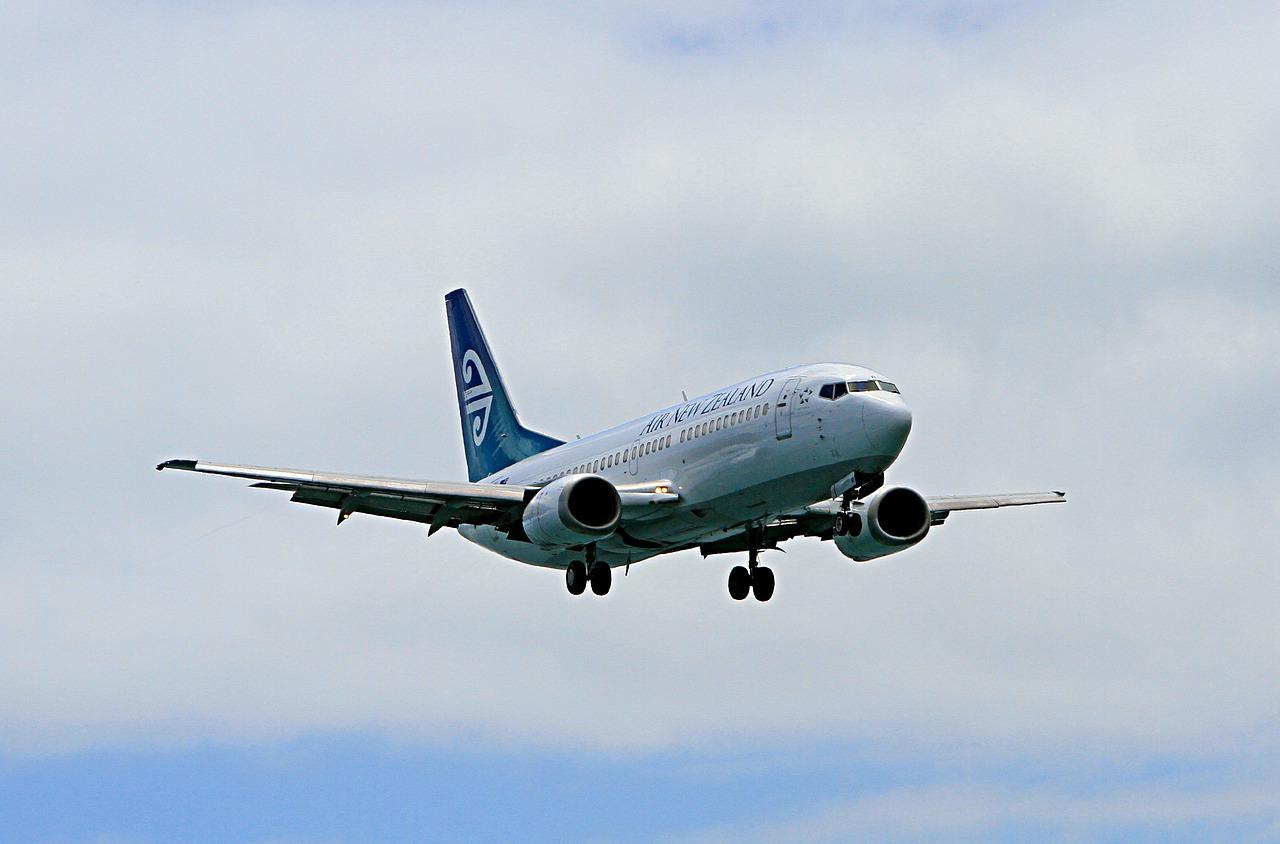Solid network underpins Air New Zealand's growth

Air New Zealand is the rarest of airlines – an almost sure bet to be in the black. The rollercoaster ride of profit and loss endured by so many other carriers has been smoothed into predictable forward momentum.
Earnings before taxation for the 2018 financial year were NZ$540m, an increase from the prior year result of NZ$527m, representing the second highest profit in the airline’s history. Net profit after taxation grew 2.1 percent to NZ$390m.
Chairman Tony Carter praised the strength of the result, which he said demonstrates the airline's resiliency.
"This is an impressive financial result, driven by strong revenue growth across the airline's key markets, as well as continued focus on sustainable cost improvement, despite significantly higher fuel prices," Carter explained.
"The ability of the airline to achieve its second highest profit in such a challenging environment really speaks to the focused strategy and unique competitive advantages that chief executive officer Christopher Luxon and his leadership team have spent years building."
Luxon – the third CEO in a row taken from outside the aviation industry – said the airline sees positive demand signals in the short term, with strong forward bookings heading into the peak summer season and passenger growth expected to continue its upward trajectory.
"Looking out over the next two years, the airline is expecting to grow by one million customers a year, reaching 19 million customers by the end of 2020."
Critical innovations
Innovation is a principal reason for such a distinguished performance and runs deep in the carrier. The skycouch – essentially turning economy seats into a couch – has been a commercial success, for example, and surprisingly remains a unique product in the industry.
But it is a rock-solid network that underpins Air New Zealand’s surging revenues. A good destination for the airline is one with robust fundamentals. At its most obvious, this means large markets with strong growth potential and multiple traveller types.
Tokyo Haneda service, which started last year to run alongside the airline’s daily flights to Narita International Airport, typifies this approach. The 2019 Rugby World Cup and 2020 Summer Olympics provide the platform for the 15 percent increase in the airline’s capacity on the route.
Outbound travel from New Zealand to Japan was up 25 percent to the year ending May 2017 while the number of Japanese visiting New Zealand grew 8.5 percent. Adding to the network A forthcoming addition to the network, meanwhile, is Taipei, a major economic centre with renowned attractions, cuisine and shopping.
Taipei will become the airline’s seventh destination in Asia and forms part of Air New Zealand’s focused strategy of connecting the Pacific Rim to New Zealand.
“For new routes, we look for opportunities that have a mix of both inbound and outbound demand to counter the seasonality that exists to and from New Zealand,” says a spokesperson for the carrier, adding: “Being confident that we can operate the route in a sustainably profitable manner is the key element.”
Like most airlines, Air New Zealand continuously monitors potential new route developments. A vast array of key performance indicators is assessed for every possible new destination, which in turn determines the timeline involved before such opportunities are either seized or spurned.
Some destinations have potential for service within 12-24 months; others are explored even though the decision to have them join the Air New Zealand network might be a decade or more away.
“We have a very rigorous, data-heavy process to understand route performance and potential,” says the spokesperson. “On top of that, we overlay more subjective criteria, such as strategic objectives, partnership considerations and our ability to execute in-market.”
Market dynamics, such as size and growth, are obviously important. But equally relevant are fleet decisions, including purchases, reconfigurations and retirements. Network growth and potential new route opportunities play a significant role in determining new fleet types, and these considerations go hand in hand.
Forecasted fuel prices are also factored into the equation. Routes do not necessarily have to be making money from day one but, as the spokesperson points out, there must be a path to profitability.
“There can often be a strategic element to launching new routes and in some circumstances, short-term losses are acceptable if there is a medium to long-term, sustainable benefit,” the spokesperson continues. “We also take into account network value when launching new routes.”
Sustained poor performance on a route is unacceptable, however. Over the past six to seven years, the airline has suspended several services, including Hong Kong-London Heathrow – a seemingly thick and prosperous city pair – where it struggled to compete against two strong home carriers: British Airways and Cathay Pacific.
The other side of the path to profitability is cost control. Air New Zealand employs strict measures and monitors all outgoings closely.
The choice of an outside CEO becomes apparent in this regard with the carrier determined not to accept anything that would not be tolerated in any other business. The majority of its costs are benchmarked to external comparators to ensure the commercial engine is as fine-tuned as it can be.
One important cost outside of its control, though, is airport charges. From the airline point of view, Auckland Airport in particular has been seen as profiteering from a monopolistic hold on the market.
A version of this story appeared in the fifth issue of Routes News, out now.